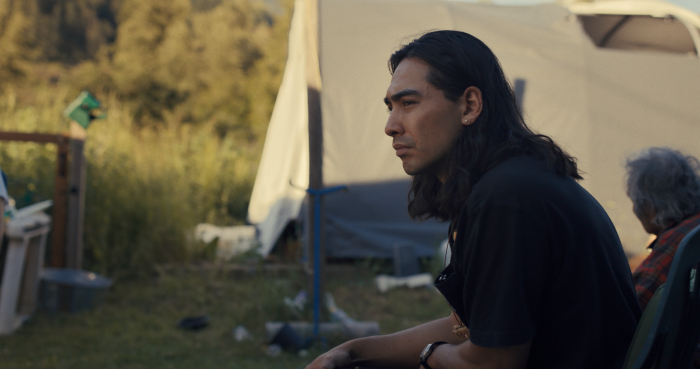![]() It should go without saying that the legacies of trauma and violence do not simply disappear. Yet it is striking how, on an annual basis it seems, more atrocities, which those in power have fought to suppress, are unearthed.
It should go without saying that the legacies of trauma and violence do not simply disappear. Yet it is striking how, on an annual basis it seems, more atrocities, which those in power have fought to suppress, are unearthed.
In the late 1800s, the Canadian government put in place a system to deal with what they termed “the Indian problem.” They created segregated boarding schools, the majority of which were run by the Catholic Church, to enforce assimilation. These institutions were the sites of physical and sexual abuse, suicides, and pregnancies, with many of the orphaned students unsure of their parentage. The complicit administrators concealed this pattern of violence. One staggering aspect of the abuse is the number of missing children and the hundreds of unmarked graves, which were discovered in 2021.
Sugarcane, a new documentary from filmmakers Emily Kassie and Julian Brave NoiseCat, takes the Williams First Lake Nation’s investigation of St. Joseph’s Mission as a springboard for uncovering the long-suppressed truth and for emphasizing the legacy of trauma as well as the persistence of Indigenous culture in spite of the past. NoiseCat’s father was born in the mission, and the mystery of his birth is one of the film’s many threads. He and other survivors are interviewed in conjunction with the progress of the investigation. Throughout, one has the sense of a radius of trauma survivors steadily increasing.
The filmmakers’ approach to this subject is not quite conventional, as the investigation itself is not rigidly focused on. It is not merely that survivors are interviewed and followed as they try to make sense of their lives, but buildings, outdoor locations, and everyday activities are given weight and presence too. This is often a very effective approach to convey how deeply ingrained the legacy of abuse remains in the environment, and also how the survivors have an existence separate from the past.
There is also a fair amount of archival footage, well chosen and placed. One striking scene captures an Indigenous festival, replete with dancing and music and kids lingering on the outskirts. It feels quite necessary to the fabric of the film as an assertion of identity and pride in the face of violence. The many scars that are revealed are equally powerful. Every survivor interviewed, whether through speech broken by tears or one victim who was actually beaten so badly she can no longer walk, makes it clear immediately the past has left an incredible imprint upon the present. A number of them also illustrate contradictory realities, such as those who have remained devoutly religious in spite of the abuses by the Church.
Occasionally, arresting and horrifying as all the information is, there are times the film starts to drift while the filmmakers’ focus on observations of daily life. However, co-director NoiseCat’s includes his personal history toward the end. Without giving much away, it involves a conversation between him and his father, discussing how his father’s trauma has affected their relationship. These moments deepen and expand our understanding of the impact from residential schools, but are also placed at a point in the documentary after there has been a little too much wandering.
What we learn of the investigation itself is, of course, chilling, not only because of the shameful details but because it reveals an entire system that concealed and condoned the wrongdoings of the Church. These hard and frightening facts are given even more weight by the wide focus of the directors’ filmmaking.







Leave A Comment